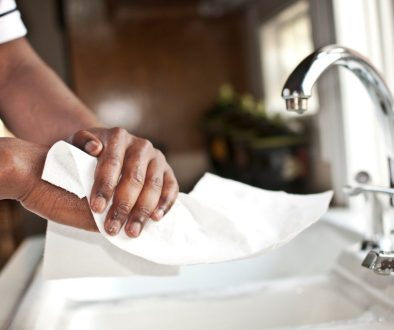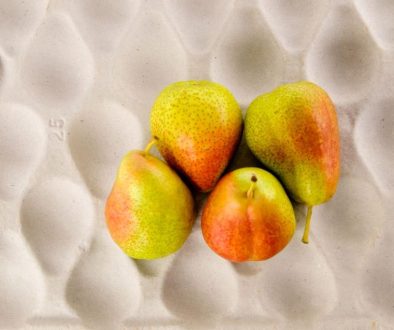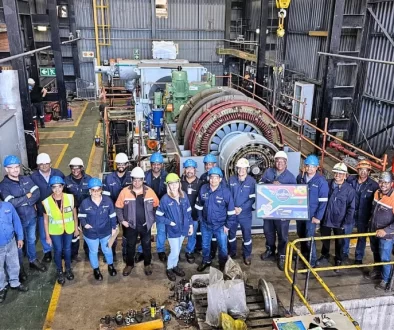Sustainable plantation management makes all the difference.
It’s World Water Day today, 22 March 2012. As the Paper Manufacturers Association of South Africa (PAMSA), we thought we would share some interesting facts about the forestry, pulp and paper industry which has made significant advances in terms of environmental sustainability over recent decades.
Breathe in, breathe out
- All paper in South Africa is produced from sustainably managed plantation-grown trees, recycled paper or bagasse (sugar cane fibre).
- Plantation-grown trees are farmed for paper, just as maize is planted for cereals and wheat for bread. In South Africa, 600 million trees across 762,000 hectares are specifically grown for use in pulp and paper manufacture and the industry plants in excess of 260,000 trees every single day.
- The fibre is not sourced from the wood of rainforests, indigenous or boreal trees. This is a myth, often wrongfully perpetuated by e-mail footnotes.
- Plantations are atmospheric carbon sinks which mitigate greenhouse gas emissions by absorbing carbon dioxide (CO2) and releasing oxygen through the natural process of photosynthesis.
- Only 9% of the total plantation area is harvested annually. This is replanted within the same year. Only mature trees are harvested.
- Carbon absorption continues as the new trees grow and young trees are able to absorb carbon more rapidly than the older trees. These trees, and thus paper products, are a renewable resource.
Respecting our water resources
- South Africa’s plantations require neither irrigation nor regular fertilising.
- The total annual water usage by timber plantations was calculated to be 428 million m3 per year, approximately 3% of the total annual water usage in South Africa. By comparison, water used for irrigating crops amounts to 7,9 billion m3 or 62% of the total annual requirement. (National Water Resource Strategy: Dept. Water Affairs and Forestry 2004)
- The industry has also voluntarily reduced its plantation area by 80,000 hectares in riverine and other ecologically sensitive areas.
- Further downstream, pulp and paper manufacturers have implemented water recycling technologies to reduce the industry’s water footprint.
Managing our resources sustainably
- South Africa has the highest level of international certification of its plantations in the world. Over 80% of South African plantations are certified by the Forest Stewardship Council (FSC).
- PAMSA members subscribe to the FSC’s Chain of Custody which tracks FSC-certified material through the production process – from the forest to the consumer, including all successive stages of processing, transformation, manufacturing and distribution. Consumers should look out for paper and wood products bearing the FSC mark of certification.
- The industry has 1,6 million hectares of FSC-certified land of which only about one million hectares are planted to trees. The majority of the other 600,000 hectares are grasslands. These have been assessed by South African National Biodiversity Institute to be the best conserved grasslands in the country. It is therefore important when referring to impacts of monocultures on biodiversity, that they are considered at landscape level and not at stand level.
ENDS



